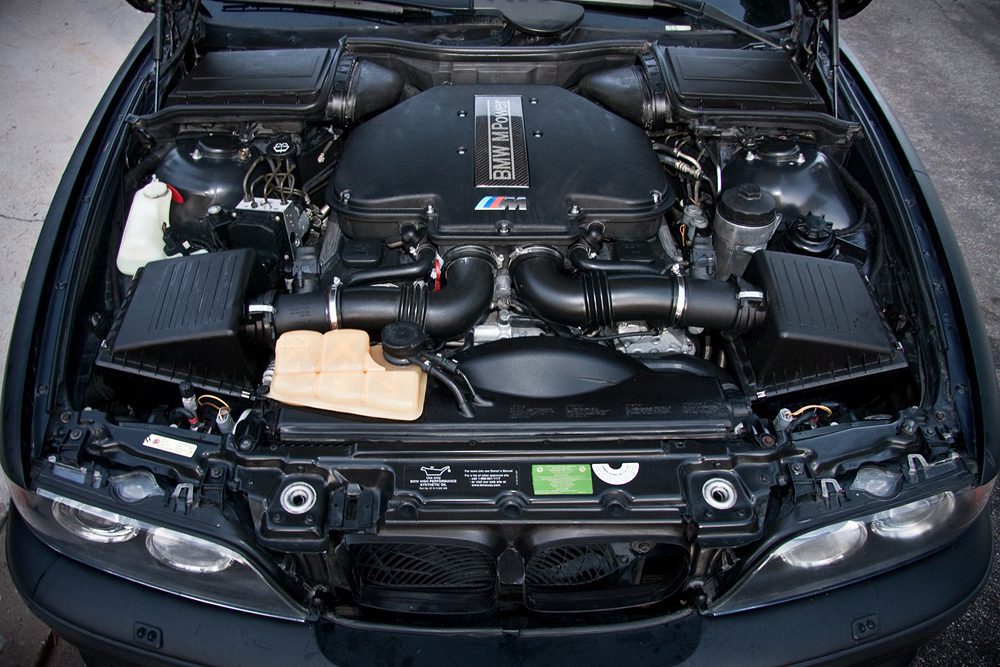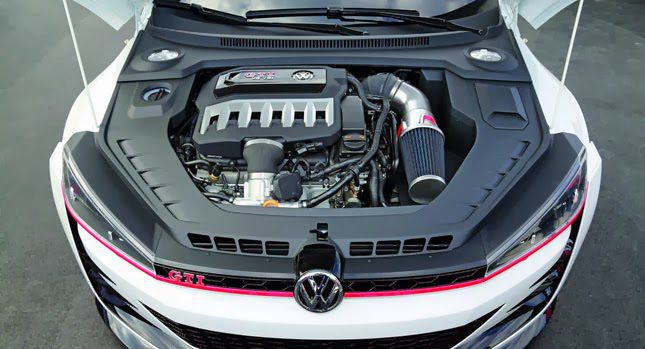Upgrade Your Car with a New Opel Corsa Engine
Upgrade Your Car with a New Opel Corsa Engine
Blog Article
Exploring the Inner Functions of a Compact Automobile's Engine System
As vehicle drivers, we typically take for given the elaborate procedures that occur within the confines of our car's engine system. In this expedition of a portable automobile's engine system, we will unwind the inner functions of this mechanical harmony, dropping light on the secrets that drive us onward on our everyday journeys.
Burning Refine Summary
The combustion process in a small car's engine system is an important mechanism that efficiently converts fuel right into power to power the vehicle. This process happens within the burning chamber of the engine, where gas and air mix, ignite, and create regulated explosions. The burning procedure contains four primary phases: consumption, exhaust, power, and compression.
During the intake phase, the piston moves downward, attracting a mix of air and gas into the combustion chamber. The following stage, compression, involves the piston relocating up, pressing the air-fuel mix to raise its strength. Ultimately, in the power stage, the ignition system stirs up the compressed combination, resulting in a quick expansion of gases that requires the piston pull back. This descending motion generates the power needed to drive the lorry. Finally, in the exhaust stage, the scorched gases are removed from the burning chamber with the exhaust shutoff, preparing the chamber for the next cycle. This cyclic burning procedure is basic to the procedure of a portable vehicle's engine system, guaranteeing effective energy conversion for propulsion.
Piston and Cyndrical Tube Interaction

The piston's precise fit within the cylinder is important for maintaining optimal compression and avoiding energy loss throughout combustion. Tight clearances in between the piston and cylinder walls make sure reliable securing, enabling the piston to move smoothly without allowing gases to leakage past. Correct lubrication is likewise crucial to decrease friction and put on in between these components, enhancing long life and efficiency.
Moreover, the style and materials made use of in producing the piston and cylinder influence engine efficiency and resilience. Modern engines frequently use lightweight yet long lasting materials like aluminum alloys for pistons and cyndrical tube liners to minimize inertia and improve thermal efficiency. Generally, the harmonious interaction in between the piston and cylinder is essential to the engine's capability and total performance.
Fuel Shot System Functionality
Gas injection systems in compact lorry engines play an essential function in precisely providing fuel to the burning chamber for regulated and effective ignition. The gas injection system operates by injecting gas into the burning chamber at the optimal minute throughout the engine's procedure (opel corsa engine). This exact timing ensures that the gas blends uniformly with the air for correct combustion, bring about improved gas effectiveness and reduced discharges
There are largely two kinds of fuel injection systems made use of in compact vehicle engines: port fuel shot (PFI) and direct fuel shot (DFI) PFI systems infuse gas into the consumption port before the consumption valve, while DFI systems inject gas straight into the combustion chamber. Both systems have their benefits, with DFI offering much better gas atomization and PFI giving a more economical solution.
Comprehending Engine Air Conditioning Devices
Effective operation of a portable lorry's engine depends heavily on the effectiveness of its cooling devices. The air conditioning system in a compact vehicle generally consists of numerous components functioning together to regulate the engine temperature level. Comprehending these engine cooling devices is crucial for maintaining the efficiency and durability of a portable car's engine system.

Exhaust System Components Explained
The optimal performance of a small car's engine cooling mechanisms relies on a corresponding system understood as the exhaust system, which comprises various crucial elements for guaranteeing effective discharges and engine efficiency. The exhaust system consists of elements such as the exhaust manifold, catalytic converter, muffler, and tailpipe. The exhaust manifold collects exhaust gases from the engine's cyndrical tubes and paths them to the catalytic converter. The catalytic converter then transforms damaging pollutants in the exhaust right into much less hazardous exhausts before launching them with the muffler and tailpipe.
One vital part of the exhaust system is the oxygen sensing this content unit, which checks the oxygen degrees in the exhaust gases to assist regulate gas usage and make certain optimum engine performance. opel corsa engine. Additionally, the resonator might be present in some exhaust systems to decrease sound degrees. On the whole, the exhaust system plays a vital duty in maintaining engine effectiveness, reducing harmful discharges, and ensuring a quieter driving experience for compact automobile owners

Final Thought
In verdict, the compact car's engine system is an intricate combination of elements that collaborate to facilitate the combustion procedure, transform fuel into power, and expel waste gases. Understanding the inner functions of the engine system, including the piston and cylinder communication, gas shot system, engine air conditioning devices, and exhaust system parts, is crucial for maintaining ideal efficiency and effectiveness of the automobile.
The burning procedure in a small vehicle's engine system is an important device that effectively converts fuel you can try this out into energy to power the vehicle.Gas shot systems in portable lorry engines play a crucial role in exactly supplying gas to the burning chamber for effective and regulated ignition.There are primarily two kinds of gas injection systems utilized in compact vehicle engines: port gas shot (PFI) and direct gas shot (DFI) Recognizing these engine air conditioning mechanisms is vital for maintaining the performance and longevity of a compact lorry's engine system.
The optimum functioning of a small automobile's engine air conditioning systems depends on a complementary system known as the exhaust system, which consists next of different vital parts for making sure reliable exhausts and engine efficiency.
Report this page